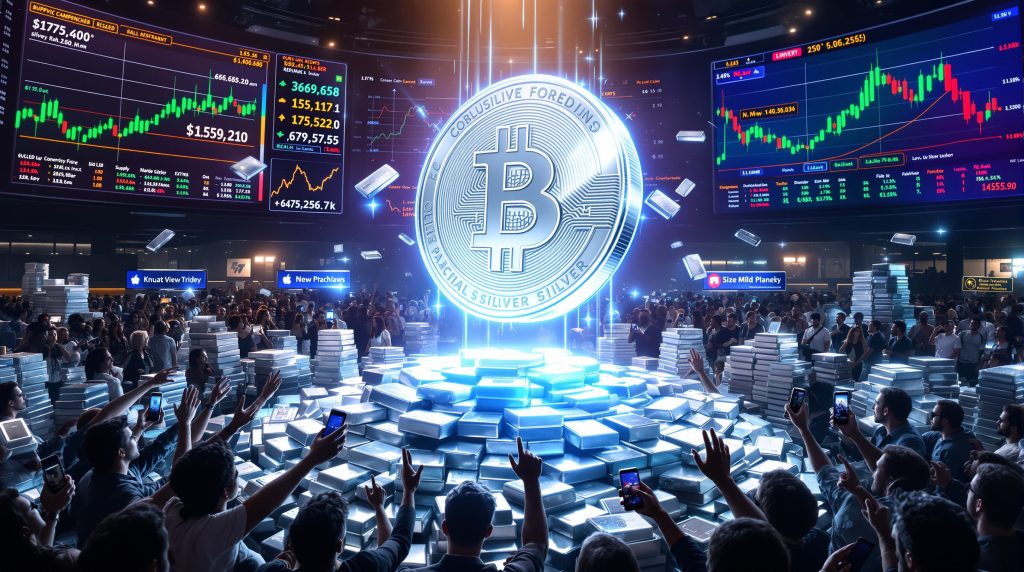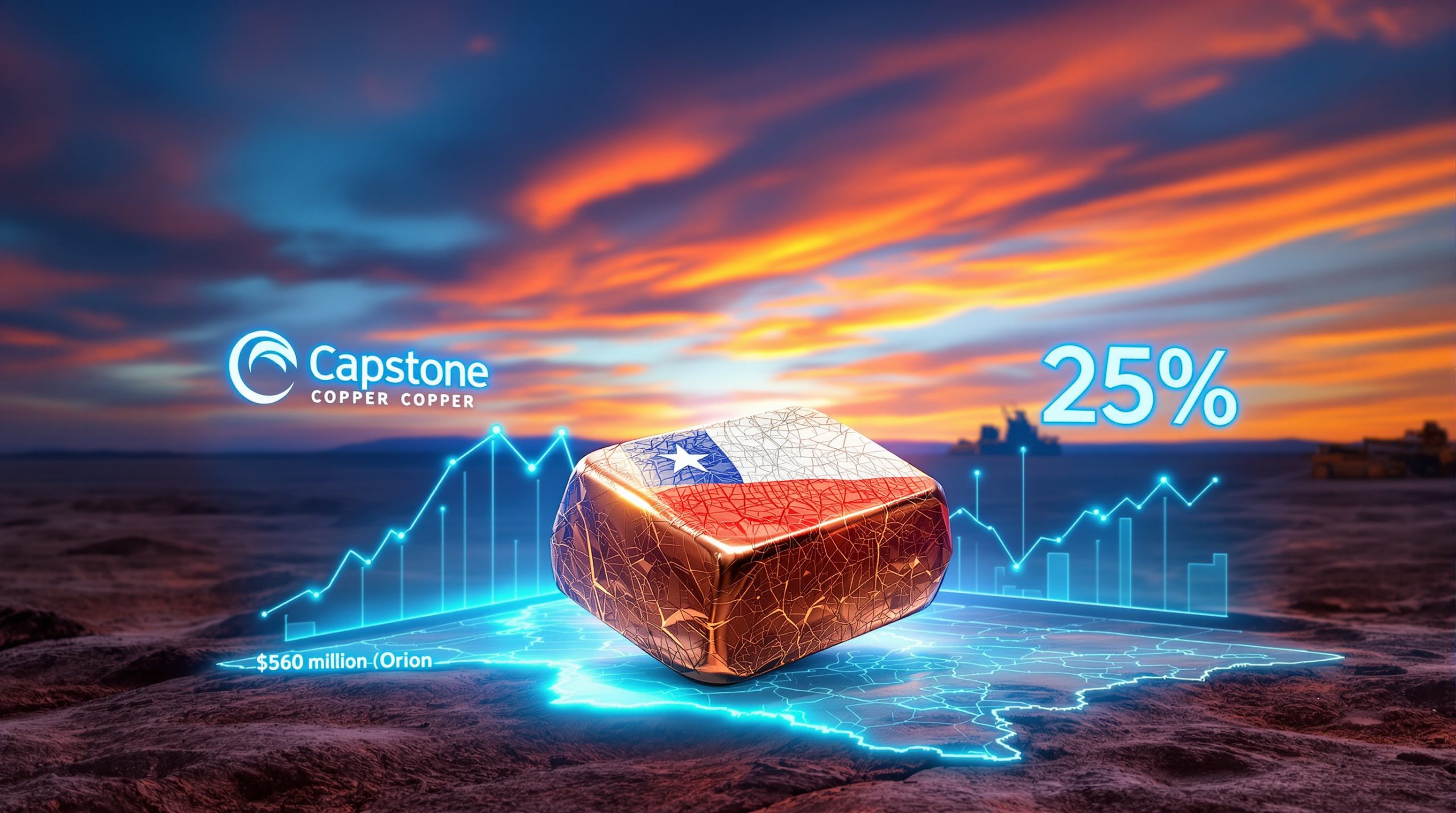What is a Silver Squeeze? Understanding the Phenomenon
A silver squeeze is a market event where investors drive up prices by buying large amounts of physical silver and related investments. This coordinated approach creates a supply shortage and increased demand. Silver squeeze dynamics have captured investor interest, as retail communities increasingly influence market movements.
In recent times, discussions around a silver squeeze have spurred debates on market manipulation. Furthermore, social media networks encourage rapid, collective action among investors.
How Does a Silver Squeeze Work?
A concentrated buying strategy reduces available silver. Investors purchase coins, bars, and ETFs, thereby tightening supply. In addition, this approach pressures entities with short positions in futures markets. For instance, many refer to the phenomenon through the silver market squeeze insights link provided on our platform.
Moreover, physical acquisitions force a realignment between paper contracts and tangible metal. Consequently, once available stocks fall, prices soar steeply. Retail investor actions thus create a feedback loop of rising premiums and heightened market awareness.
Market Structure Vulnerabilities
Silver’s dual nature – industrial and investment – leaves it exposed. Paper contracts far exceed actual metal availability. This imbalance often leads to delivery stress when demand spikes. Additionally, price discrepancies emerge as physical premiums widen.
Historical data shows a significant divergence. For instance, physical premiums typically expand when investors seek to secure tangible assets. In consequence, market participants emphasise the need for balanced precious metals analysis to better understand these surges.
Modern Developments and Policy Impact
Recent efforts to exploit market weaknesses underscore evolving dynamics. Since early coordinated moves, refiners and regulators have adapted to manage supply risks. Furthermore, policy adjustments and trading rule updates play a vital role.
For instance, tariff changes affect metal costs. Such adjustments bring into focus tariff impacts on silver, which, together with investor sentiment, shape market outcomes.
Historical Episodes and Their Relevance
Historical squeezes offer lessons on volatility and market reaction. The Hunt Brothers' manoeuvre and the 2011 price spike demonstrated how extreme coordination could transiently disrupt price equilibrium.
A 1979 event saw silver prices soar dramatically before regulatory measures forced a correction. Similarly, the 2011 spike exhibited sharp price swings. These episodes remind us why monitoring market fundamentals is essential.
Key Historical Indicators
Historical benchmarks reveal essential insights:
• Lease Rates: Elevated borrowing costs signal tightening supply.
• Delivery Delays: Prolonged wait times suggest inadequate physical stock.
• Premium Expansion: Increased spreads between spot and retail prices stress the market.
In addition, comparisons with past squeezes help forecast possible outcomes. For example, recent discussions on gold-silver ratio insights contribute valuable context.
Investor Evolution and Retail Participation
Retail investors have emerged as a significant force. Expanded access to online platforms and community forums has altered traditional market landscapes. In addition, these new participants are quick to act on market news and trends.
Social media played a crucial role in past events, catalysing rapid buying initiatives. Consequently, such coordinated efforts may lead to future squeeze scenarios where the balance of power shifts abruptly.
Dual-Nature Market Characteristics
Several intrinsic features differentiate silver from other assets:
• Industrial demand remains steady regardless of speculative fluctuations.
• The global market scale necessitates immense capital for price influence.
• Physical delivery introduces real-world constraints.
• Hedged positions and central bank holdings add further complexity.
Moreover, understanding these elements is critical to assessing long-term price stability. This multifaceted market is further explored under the theme of mining industry evolution.
Physical vs. Paper Markets
The interplay between physical silver and paper contracts is central to squeeze dynamics. In futures markets, paper contracts represent silver, yet only a fraction ends in physical delivery.
In contrast, physical markets require immediate metal transfer, intensifying delivery pressure. Furthermore, exchange-traded products bridge these realms. Such disparities underscore why actual possession matters during volatile times.
Risk Management in Volatile Times
Investors must adopt robust risk management strategies when confronting potential squeeze conditions. To manage exposure, consider these steps:
• Diversify through physical metals, ETFs, and mining stocks.
• Remain alert for regulatory changes.
• Set clear exit strategies before entering positions.
• Understand the differences between intrinsic value and temporary price spikes.
Furthermore, these strategies protect investors from unexpected market shifts during periods of intense volatility.
The Critical Role of Physical Silver
Physical silver plays a pivotal role in establishing squeeze conditions. Buyers removing metal from circulation reduce available supply and force market participants to adapt quickly.
This shortage creates upward pressure on prices. In addition, it tests the relationship between theoretical contracts and the real commodity. Investors appreciate that securing physical silver can help mitigate exposure to paper market discrepancies.
Supply Chain Challenges and Logistical Complexities
The silver supply chain faces several vulnerabilities:
• Limited refining capacities challenge rapid production increases.
• Geographic concentration of refining operations creates bottlenecks.
• Minting constraints and transport logistics add layers of delay.
For instance, during peak demand periods, dealers reported delays stretching up to several weeks. In addition, logistical challenges further amplify squeeze conditions.
Impact of Silver ETFs
Silver ETFs add complexity by bridging paper and physical markets. They offer easy access to silver but rely on substantial physical backing. Consequently, large inflows force ETF managers to purchase real metal, further tightening supply.
This dynamic played out during past events when coordinated retail buying led to record inflows forcing substantial acquisitions. Additionally, ETF audits and transparency issues continue to fuel debate among investors. For further reading on market reactions, consider insights from a recent market highs report.
Regulatory and Market Responses
Regulators keep a close eye on squeeze conditions. When speculative buying distorts the market, rule changes often follow. These measures help restore balance between physical and paper markets.
For example, exchanges have modified trading rules during extreme events. In addition, such interventions aim to protect both individual and institutional investors from uncontrolled volatility.
The Future of Silver Squeeze Dynamics
Looking ahead, the possibility of a future squeeze remains real. As investor coordination improves and market fundamentals shift, the next squeeze could arise unexpectedly. Markets will need to adjust to a landscape where both physical and paper forces interact dynamically.
This evolving scenario means that the term silver squeeze may soon reappear in discussion, along with renewed emphasis on balancing supply and demand.
Navigating Uncertainty and Strategic Considerations
Investors can better navigate uncertainty through diversified holdings and realistic expectations. Key pointers include:
• Maintaining a balanced portfolio across various asset classes.
• Keeping abreast of market indicators such as lease rates and delivery times.
• Understanding that short-term volatility may give way to long-term structural changes.
Furthermore, staying informed through reliable sources is crucial. A recent squeeze rally highlights how market sentiment and regulatory factors interplay in determining price trajectories.
Concluding Thoughts on a Silver Squeeze
In summary, the intricate dance between physical supply and paper contracts creates a fertile environment for market disruptions. The delicate balance may precipitate dramatic price movements, as historical episodes have shown. The current environment, with coordinated retail participation and evolving market dynamics, sets the stage for future events.
Ultimately, a measured understanding of these dynamics is essential for all market participants. As the industry continues to innovate, investors must remain vigilant and adaptable. The phenomenon of a silver squeeze serves as a reminder of both market opportunity and inherent risk.
In light of these insights, informed analysis remains key. Investors are encouraged to integrate rigorous risk management strategies with proactive market monitoring to successfully navigate volatile periods while capitalising on emerging opportunities.
Looking to Capitalize on the Next Big Silver Movement?
Discover potential market-moving mineral discoveries before they hit mainstream news with Discovery Alert's proprietary Discovery IQ model, which analyses ASX announcements in real-time to identify high-potential opportunities. Explore how significant mineral discoveries can generate substantial returns by visiting Discovery Alert's dedicated discoveries page.




